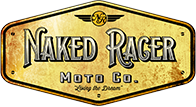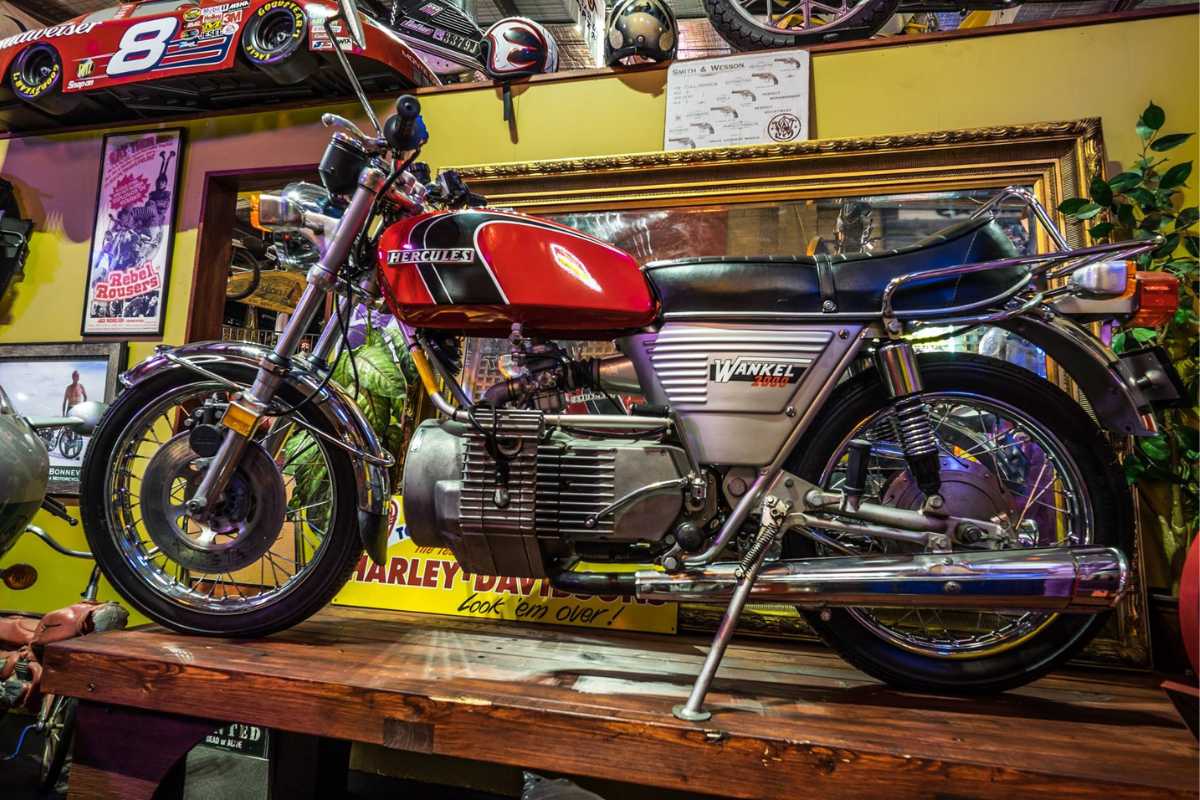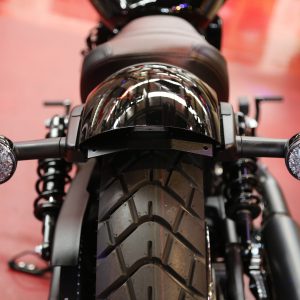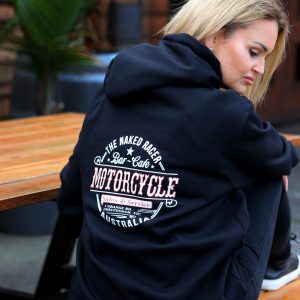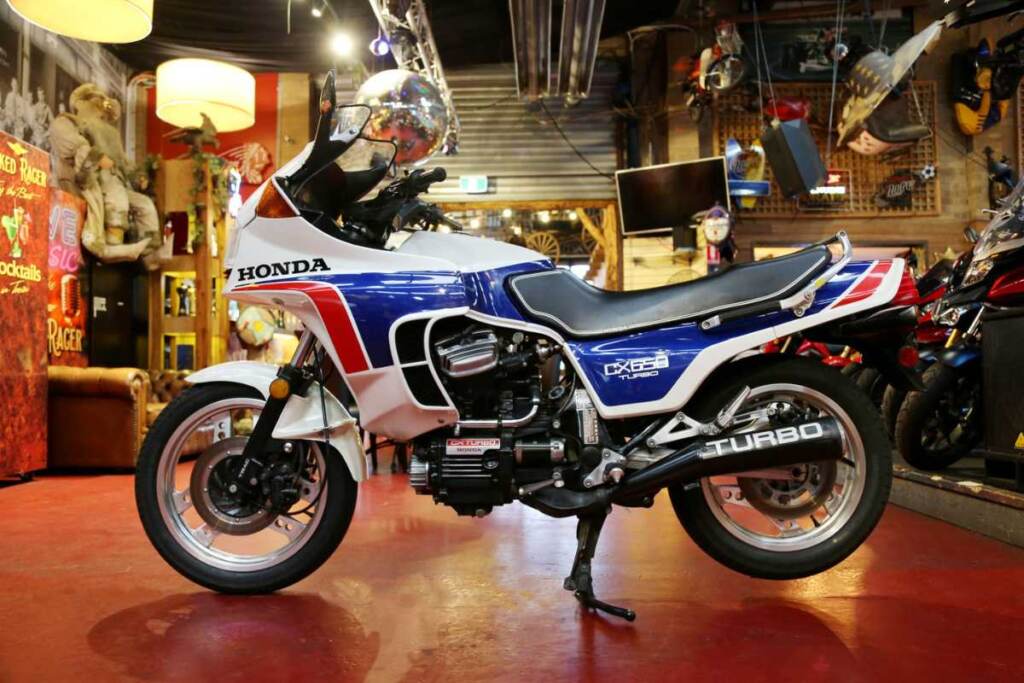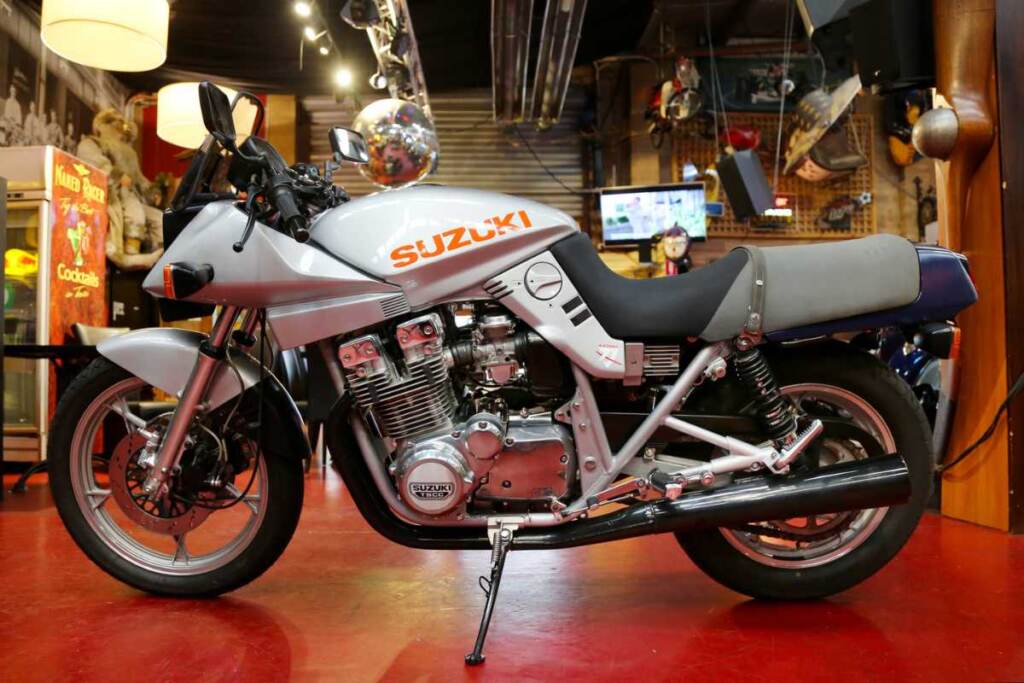The Wankel Engine design was invented by German Engineer Felix Wankel. He was a very progressive and gifted person who was obsessed with machines at an early age. Born in 1902, he was a child of a poor family and did not make it to university or even to an apprenticeship, but by the age of 17 he had dreams of constructing a car with a new type of engine, half reciprocating, half turbine. And his prediction came true with his Wankel Engine Design in 1924; by 1929 he owned his first patent.
In 1954 Felix Wankel worked for NSU and developed their first modern Wankel Engine. It was a good fit as NSU made motorcycles, and the rotary engine was very light and suited motorcycle production.
Ironically NSU never fitted one to their bikes; instead they made a car engine in 1964 called the NSU Spider, followed by the NSU RO80 in 1967.
NSU sold the rotary engine patent licences to everyone that wanted to make a rotary engine including Mazda, Suzuki, and Norton. NSU gambled big on the Wankel Engine Technology but there were problems. Apex seals were a high-wearing item, they had terrible fuel economy and high emissions.
The bad press was growing and did a lot of harm, sales never recovered. By 1977 production ceased and the company was bought by Volkswagon. Later it morphed into the Audi Car Company.
Now to the story of the Hercules. Fichtel & Sachs, which became Hercules’ parent company, had the licence for a Wankel Engine. It was a single rotor that produced 32 HP and 6500 RPM. It was first designed for a snowmobile but was put into the Hercules Motorcycles frame in a longitudinal position, and the power ran through a 90-degree bevel gear. The motorcycle was fitted with the best ancillaries of the day, including Ceriani Forks with beautiful alloy triple clamps, Grimeca Brakes, VDO instrumentation, Bosch Lighting and Electrics.

Other stats are 294cc, 8.5:1 compression ratio, top speed 100 MH, transmission 6-speed wet clutch, chain drive, seat height 660cms, 180 KGS fuel consumption, 5.9 litres/100 Kms.
This particular bike we have at Naked Racer Moto Co is not oil injected; the fuel had to be premixed. By the end of 1977, they were oil injected, and fuel was supplied by a Bing Carburetor.
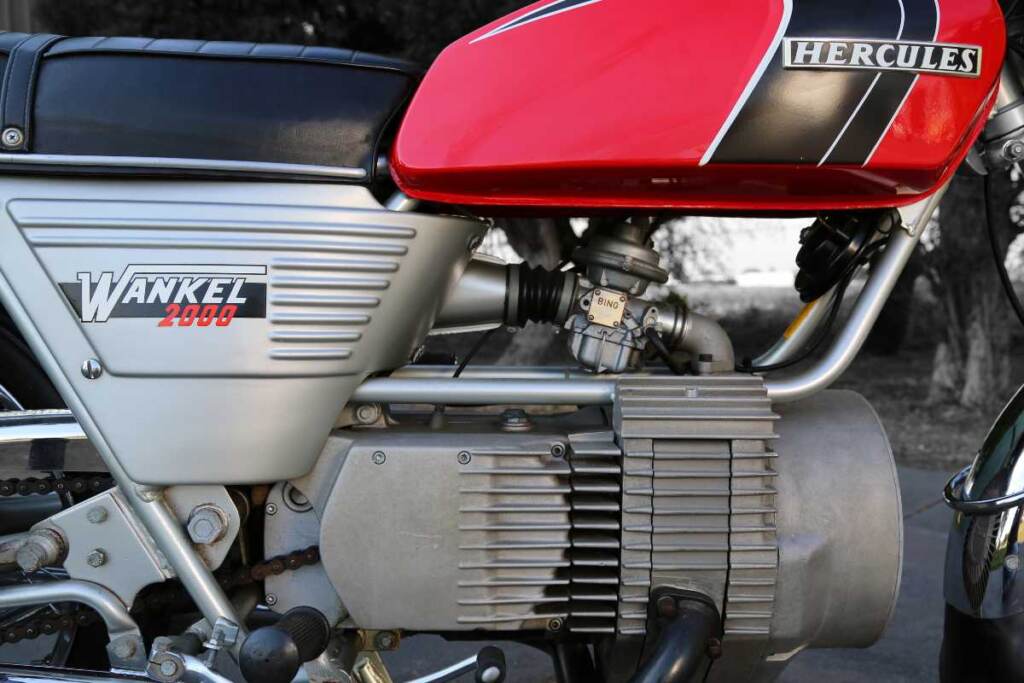
Unpopular in the press at the time, the bike did not sell very well and was only made for 4 years, with a total of 1800 produced. Antique Motorcycles acquired this motorcycle from the late Sam Costanzo, a former Sachs Employee. Sam was an authority of the 2000. He ran a business called Rotary Recycle in Ohio. His business ran for over 40 years dedicated to rotary motorcycles. When the company closed, Sam got a few brand-new ones and this example here is one of those. Started and ridden for the first time in 2017 for the Motor Classica Concourse De Elegance in Melbourne to qualify for the preservation class, the vehicle had to complete the Tour De Elegance around the city streets of Melbourne. Our bike subsequently won the preservation class as it was brand new and untouched, it now shows 26 Km on the clock.
I was amazed at the bike’s performance; it runs beautifully, very smooth and very zippy right from idle. It is an absolute delight to ride, and I find it difficult to understand the bad press it received back in the day (Maybe there may have been some bribery to stop any competition against Japanese bikes). We will probably never know.
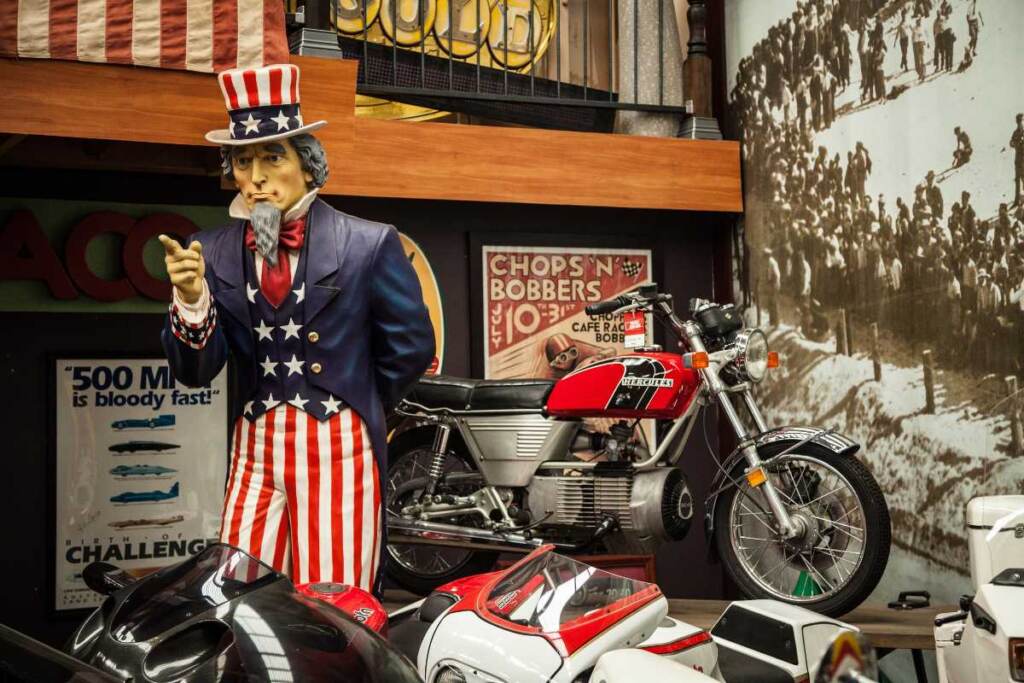
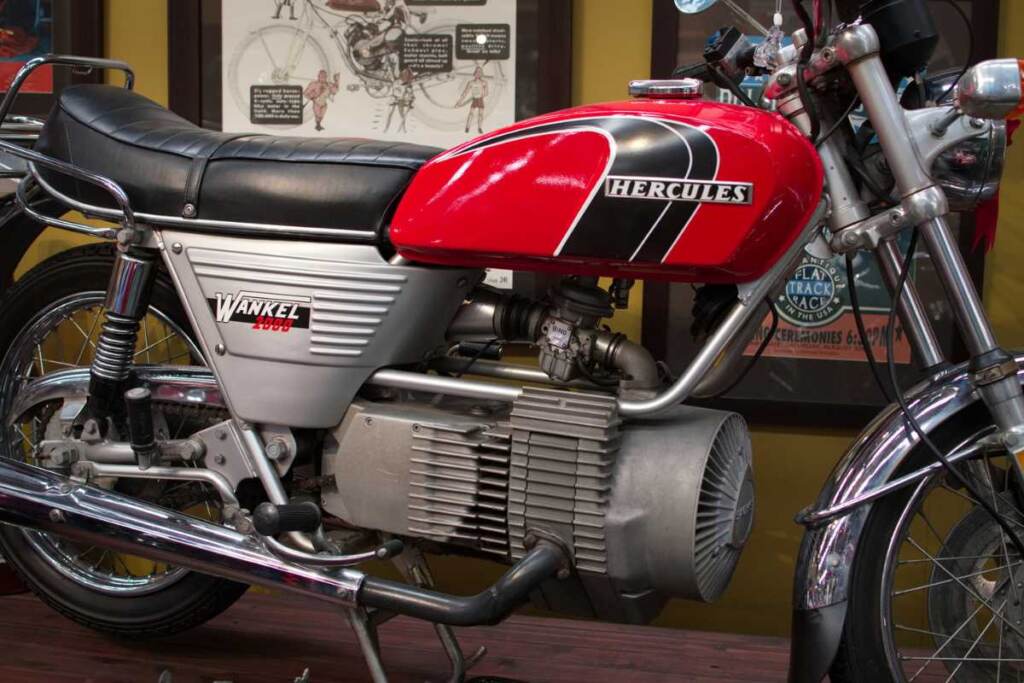
Come and view this piece of history here at the Naked Race Moto Co in Melbourne, Australia.
